Orbis Electric has officially launched a game-changing new electric motor system known as the “HaloDrive,” and it’s poised to shake up the EV world with a unique promise: V-8-level torque inside a single compact in-wheel unit. After years of research, design improvements, and technological experimentation, this small company may have finally cracked the code on efficient, lightweight, and scalable electrification for everything from passenger cars to industrial fleets.
A Bold New Chapter in EV Innovation
The automotive world first got a glimpse of Orbis Electric’s vision for next-generation powertrains back in 2018, when company founder Marcus Hays introduced a modified plug-in hybrid Honda Civic Type R. The car’s rear wheels were powered by small electric motors mounted directly onto the wheels, using a rather loud and rudimentary gear system. While that early prototype was far from perfect, it marked the start of something promising — and now, years later, Orbis is unveiling a much more refined and impressive product.
Their latest creation is the HaloDrive in-wheel motor, a compact, powerful, and highly efficient motor system that’s changing how we think about electric drivetrains. Unlike traditional systems that mount motors near the vehicle’s center and rely on complex axles and transmissions, HaloDrive sits directly inside the wheel, delivering power where it’s needed most — at the contact point with the road.
What Makes HaloDrive Different?
The biggest selling point? Torque. Lots of it. Orbis says that a single HaloDrive motor can produce torque levels comparable to a GM 5.3-liter V-8 engine — and it can do so with only about 12 pounds of motor mass. That kind of performance opens the door to entirely new possibilities for vehicle design, retrofitting older vehicles, and lowering emissions without compromising on power.
So, how does Orbis manage to generate such a high torque from such a small device?
It starts with the motor’s design. The axial flux motor used in HaloDrive is also known as a “pancake motor” because its components — rotors and stators — are stacked flat like a sandwich, rather than arranged in a cylindrical form like more traditional radial flux motors. This unique layout allows magnetic forces to act closer to the outer edge of the motor, which means they produce greater leverage, and therefore, more torque.
But that’s not all. That torque is further multiplied through a set of internal planetary gears, cleverly packaged inside the wheel where a traditional CV joint (constant velocity joint) would be. These gears quietly boost the torque by a ratio between 2.5:1 and 5.25:1, all while staying extremely compact and efficient.
The result? A system that delivers industry-leading torque density — 33.5 pound-feet of torque per pound of motor weight.
Major Innovation in Cooling Technology
Another breakthrough in the HaloDrive design comes from its new oil-cooling system. Previous designs used traditional coolant (glycol), which cannot directly contact copper windings without risk of corrosion. That setup required precision-machined metal cooling channels and stators, which were expensive and time-consuming to produce — taking over 21 hours per unit on a CNC machine.
Orbis turned this challenge into an opportunity by switching to oil cooling. Oil doesn’t harm copper, which allowed the company to replace the metal stator with a lightweight, molded plastic version — a huge win in terms of both weight reduction and cost savings.
Even more impressive: the system doesn’t require any external cooling lines. The rotor itself acts as an oil pump, circulating oil across the stator and motor housing, which then acts as a passive heat sink. This simplified cooling solution makes installation and integration into existing vehicles easier than ever.
Cost Savings and Efficiency That Matter
The technical advantages of HaloDrive aren’t just theoretical. Orbis Electric claims that compared to conventional radial-flux electric motors, their design can cut drivetrain costs by up to 35%. That’s thanks in part to the lightweight plastic stator and also due to the motor’s reduced dependence on rare-earth materials, which are often expensive and environmentally damaging to extract.
Efficiency is another highlight. HaloDrive is said to reach an operational efficiency of 97%, placing it at the very top of the electric motor performance spectrum.
A Future-Focused Business Strategy
Orbis Electric isn’t just content to build a great product — they’re actively working to bring it to the real world. The company is currently looking for Tier 1 production partners, automotive OEMs (original equipment manufacturers), and fleet operators who can benefit from the unique advantages of the HaloDrive system.
One especially promising application is in the world of transport refrigeration. Orbis says that using HaloDrive motors as generators on semi-trailers — specifically to power electric transport refrigeration units (eTRUs) — can lower operational costs by as much as 90%. That’s a huge opportunity for trucking fleets looking to cut fuel usage and emissions.
And if you’re waiting for news about consumer vehicles? Marcus Hays has hinted that a major OEM announcement could be just around the corner. If that happens, the dream of electrifying everyday cars with in-wheel motors may finally become a widespread reality.
What This Could Mean for the Auto Industry
The idea of putting powerful motors directly inside wheels isn’t new — it’s been discussed in engineering circles for decades. But previous attempts have often fallen short, either due to weight issues, inefficiency, or poor durability.
Orbis seems to have solved many of those problems with HaloDrive. It combines high torque, high efficiency, low weight, simplified cooling, and low production costs — all within a package that could be retrofitted onto existing vehicles or built into new designs from day one.
Imagine electric vehicles with no axles, no transmissions, and fewer moving parts overall, offering better performance, longer range, and simpler maintenance. Or converting an older gas-powered vehicle into an EV by simply replacing the wheels.
Final Thoughts: Why HaloDrive Matters
The launch of HaloDrive represents more than just another clever engineering achievement. It could mark a turning point in how we approach vehicle electrification. With its ability to deliver V-8-like torque from a motor the size of a dinner plate, and its promise of lower costs and simpler installs, this motor could open up EV adoption for industries and users previously left out of the electric revolution.
Whether you’re an auto enthusiast, a fleet manager, or just someone curious about where the future of transportation is headed, HaloDrive is worth keeping a close eye on. With real-world applications already in motion and bigger announcements on the horizon, this could be one of the most important EV breakthroughs of the decade.
Stay tuned — the wheels of change are literally in motion.
FAQs
What is the Orbis HaloDrive in-wheel motor?
The Orbis HaloDrive is a new kind of electric motor that fits inside your car’s wheel. It delivers strong power like a V-8 engine but is much smaller and lighter. It helps electric vehicles run better and more efficiently.
How much torque does the HaloDrive motor make?
The HaloDrive motor creates a lot of torque—enough to match a 5.3L V-8 gas engine. Even though it’s small, a single unit can give powerful performance thanks to smart gear systems and its unique shape.
Is the Orbis HaloDrive motor energy efficient?
Yes, the HaloDrive is highly efficient—up to 97%. That means it wastes less energy, helping electric cars go farther on less power. It’s better than many old-style EV motors.
How is HaloDrive different from regular EV motors?
Unlike regular motors, HaloDrive uses a pancake-style design and sits inside the wheel. It also needs fewer rare-earth materials and doesn’t need long cooling lines. It’s cheaper, lighter, and simpler to install.
Can Orbis HaloDrive power trailer refrigeration units?
Yes, Orbis plans to use HaloDrive motors on semi-trailers to power electric refrigeration units. This could cut fuel costs by up to 90% for fleet owners and help the environment too.
How does the HaloDrive motor stay cool?
The HaloDrive uses oil cooling. The motor pushes oil around inside itself to keep everything cool. This design means it doesn’t need external pipes or hoses, saving weight and space.
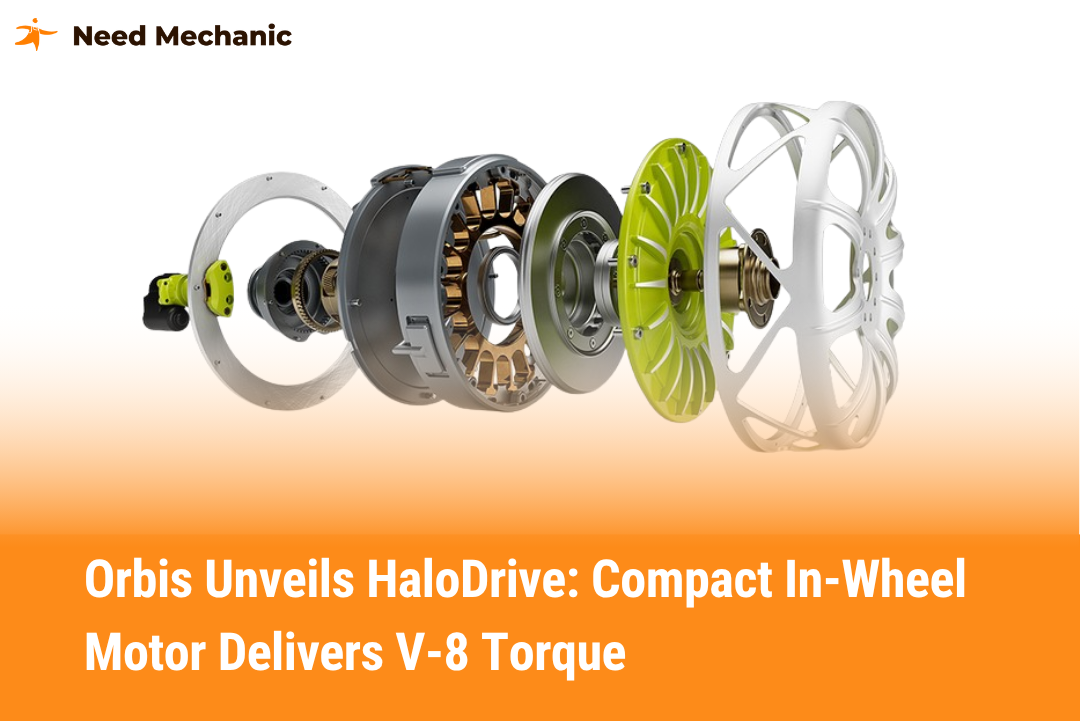
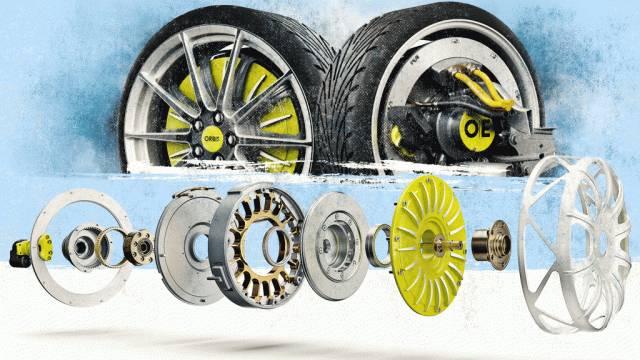
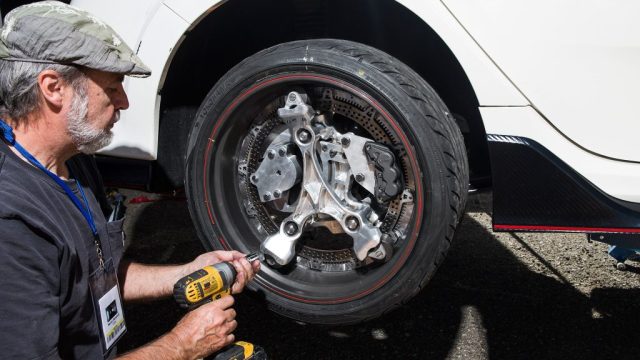
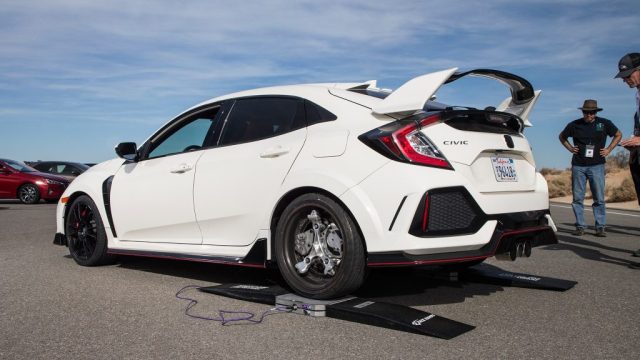
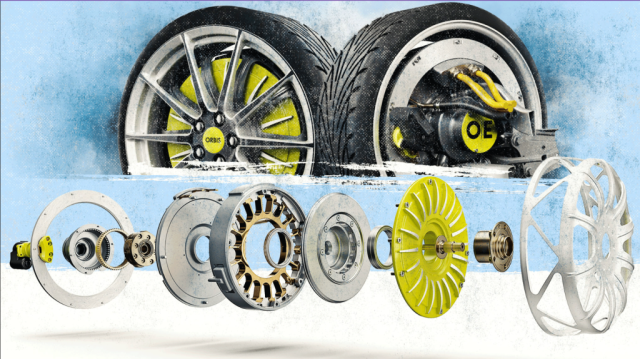
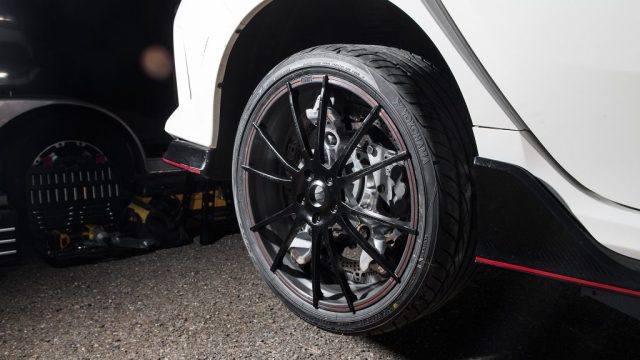
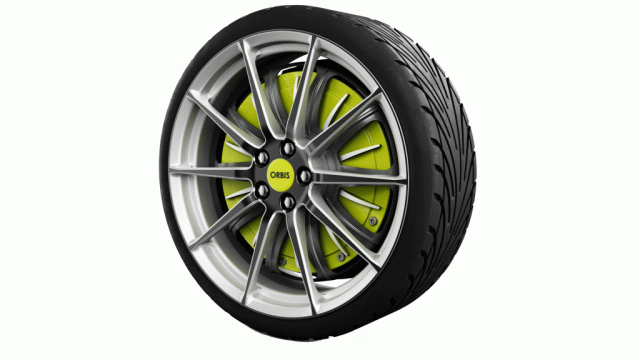
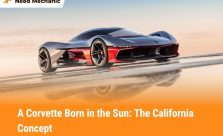


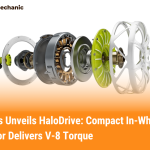


Leave a Reply